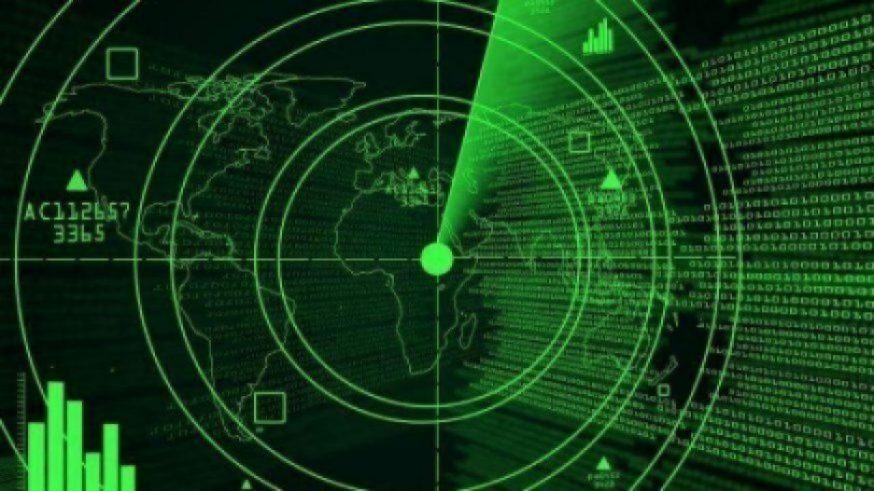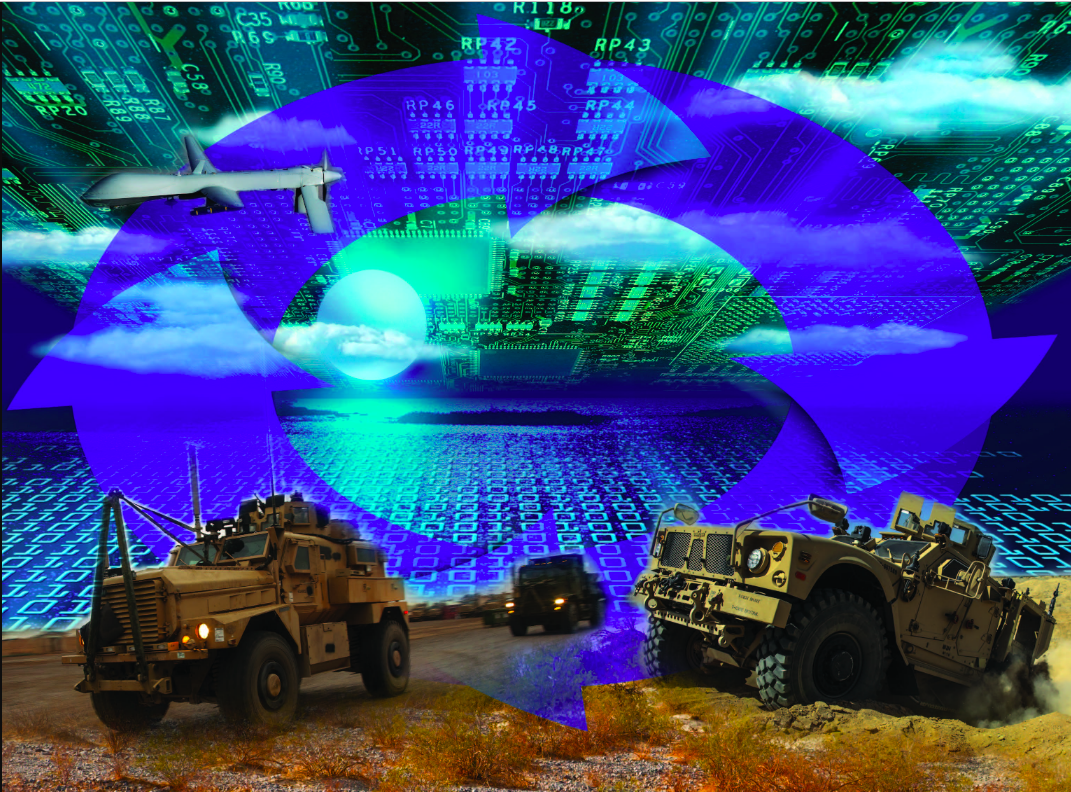Geopolitical Instability Pushing Advances in C4ISR
Article By : George Leopold

A market watcher sees steady reductions in electronics size, weight and power requirements.
The eyes, ears, and brains of weapon systems have been steadily improving over the last several decades to include a dizzying array of military capabilities. Collectively, this domain is known as C4ISR, which stands for Command, Control, Communications, Computers, Intelligence, Surveillance and—last but not least—Reconnaissance.
An analysis by industry tracker IHS Markit suggests that C4ISR is poised to expand even further as the world grows more dangerous and geopolitical rivals such as China field ever-more capable weapons.

Along with artificial intelligence (AI), unmanned systems, and machines intended to counter robots, IHS sees electronics-heavy C4ISR systems expanding to include a range of new technologies and capabilities. Among them are multifunction RF platforms and short-wave infrared sensors along with emerging semiconductor materials like gallium nitride that are seen advancing the field of power electronics.
The ability to share electronics and antenna apertures using actively scanned arrays is driving the shift to multipurpose RF gear, IHS forecasts, including radar, electronic warfare, and data links. Size, weight, and power consumption are among the key drivers for versatile RF systems, along with long-sought but seldom realized life-cycle cost reductions.
Too, shared electronics and antennas can boost system compatibility as demand for electromagnetic spectrum grows. Other advantages include reduce interference among electronic systems and greater stealth thanks to reduced radar cross-section.
C4ISR innovations “have a lot to do with entities trying to gain an upper hand in the domain of electromagnetic spectrum,” said Saurabh Joshi, head of IHS Markit’s C4ISR team. “EM spectrum will play a major role in future conflicts.” Hence, “these inventions are aimed at facilitating efficient use of its own spectrum while trying to prevent adversary’s use of their own EM spectrum.”
Added Joshi: “With this constant tussle in EM spectrum, this domain will be highly congested and contested. This is driving majority of innovations in radars and military communications.”
Meanwhile, short-wave infrared sensors are expected to emerge for military surveillance and reconnaissance missions.
IHS also is bullish on the emergence of high-power-density semiconductor components fabricated using gallium nitride (GaN). The material is seen by Pentagon planners as a way of increasing the range at which electronics can operate. The Defense Advanced Research Projects Agency (DARPA) has been pushing GaN development for applications like the Navy’s Next Generation Jammer and even a “Space Fence” that could be used to detect small objects in orbit.
IHS predicts GaN components will find their way into power electronic applications such as amplifiers used in military radars. “This will have a significant impact on the systems in terms of better power density and superior thermal conductivity,” the market watch predicts.
Size, weight, and power considerations are “driving design and experimentation in the domain of defense electronics,” Joshi added. “Nobody wants to carry bulky equipment to the battlefield. It restricts the operational capability and agility of a unit.”
Electronics scaling also has ushered in an era of small satellite constellations offering new military communications and surveillance options. Among them are space-based electro-optical and infrared sensors.
Back on Earth, cloud computing and machine intelligence are also expected to change the way the U.S. military collects and analyzes data, as well as using big data to train AI models for military applications. Battlefield clouds would free soldiers from relying on datacenters while connecting tactical systems in war zones.
Then there is AI itself, the subject of heated competition among the China, Russia and the U.S. As machine intelligence makes its way into weapons, the market tracker expects advances in areas like cognitive electronic warfare, navigation for swarms of mini-drones, signal processing in battlefield sensors and on-the-fly electromagnetic spectrum allocation for radars and communications gear over increasingly congested airwaves.
— George Leopold is the former executive editor of EE Times and the author of Calculated Risk: The Supersonic Life and Times of Gus Grissom (Purdue University Press, Updated, 2018).